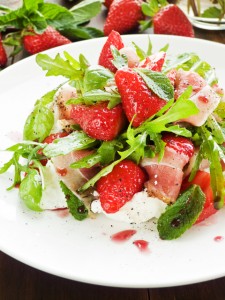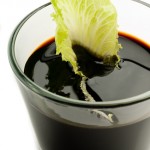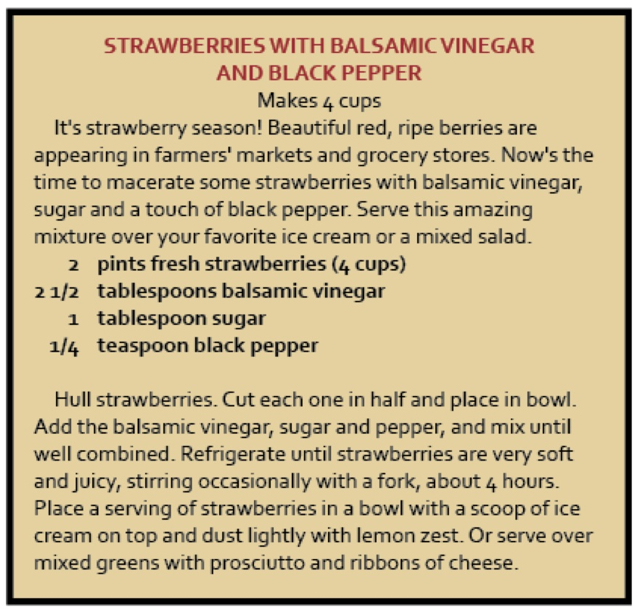

Aceto Balsamico Tradizionale has been produced for nearly 1,000 years. Families passed it on as an heirloom, bequeathed it to a daughter as part of her dowry, or used it as a gift when summoned to see a king or pope. In the Middle Ages, it was used as a disinfectant. It also had a reputation as a miracle cure—good for everything from sore throats to labor pains. The word balsamic means “balsam-like,” which Webster defines as anything that heals, soothes, or restores.
Aceto Balsamico Tradizionale is luxuriously sweet and thick in texture, with a color that approaches ebony black. Its concentration is so intense that just a few drops can transform a dish. It is produced in and around two cities of Emilia-Romagna: Modena and Reggio-Emilia under strict regulations. It differs from nearly all other vinegars in that it is not made from wine or another fermented juice; it is made according to an ancient local recipe from the juice of fresh, crushed white grapes cooked down to a fraction of its original volume. It is then aged, in a succession of barrels made from different kinds of wood that give the vinegar character, under the eaves of local houses, in rooms called acetaie.

After 12 years of aging, the balsamic vinegar is marketed as Aceto Balsamico Tradizionale, and after 25 years as Aceto Balsamico Tradizionale Extra Vecchi (very old).
Before bottling, the balsamic vinegar is subjected to an organoleptic examination by a panel of experts and must conform to following criteria: dark brown shiny clear color, syrupy consistency, pleasantly acid aroma displaying the smell of the types of wood used, and pleasantly sweet and sour, balanced of all organoleptic characteristics.

Traditional balsamic vinegar should be stored in its original glass bottle. After use, simply close the bottle with its original cork cap. It’s not necessary to seal the cork, simply cork the bottle tight. Store in a cool, dark place away from substances with strong scents to avoid any possible contamination. Avoid strong temperature shocks.
Salad dressings, sauces and gravies benefit from the addition of balsamic vinegar. Sprinkle on cooked meats to add flavor and aroma; season salad greens, strawberries, peaches and melons; use as an ingredient in your favorite salad dressing.


M! June/July 2012

Leave a Reply